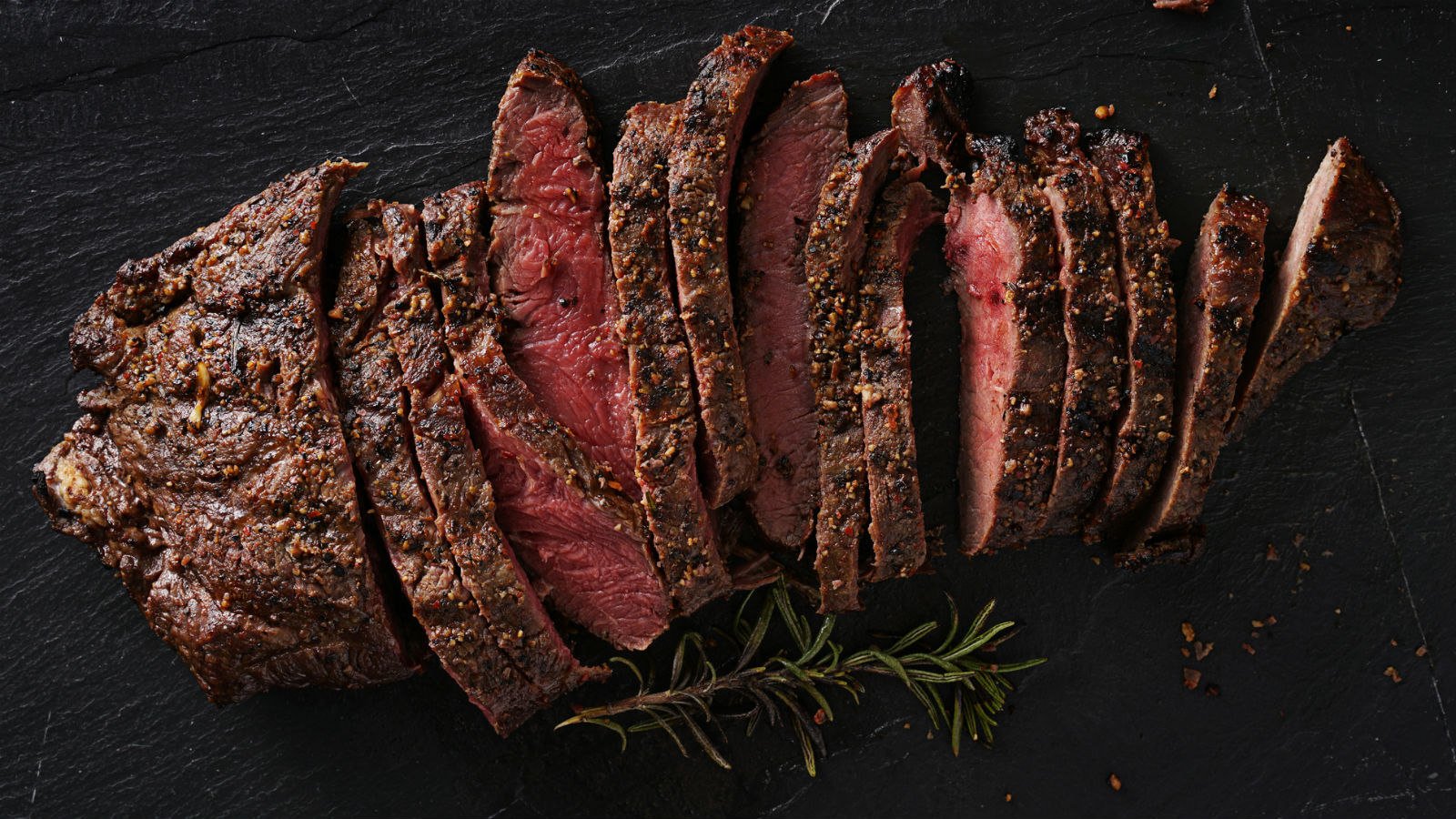In mid-May, 1902, the retail price of kosher meat on the Lower East Side of New York jumped from 12 to 18 cents per pound. In the Gilded Age, such dramatic price fluctuations were common as great “Trusts,” oligopolies controlled by industrial barons, cornered the market on commodities such as beef, steel and oil.
In response to the rise in beef prices, for a week the small retail kosher butchers of New York refused to sell meat. It was their way of protesting the beef monopoly’s actions. The butchers boycott failed, however, to bring wholesale prices down. So Jewish homemakers on the Lower East Side, influenced by the emerging labor and women’s suffrage movements, began to agitate for a strike. Fanny Levy, whose husband was a unionized cloak maker, and Sarah Edelson, who owned a small restaurant, mobilized the neighborhood women by going door-to-door to persuade them not to buy kosher beef.
On May 15, the press reported that 20,000 women on the Lower East Side broke into kosher butcher shops and rendered meat inedible by taking it into the street, soaking it in gasoline and setting it on fire. Crowds also confiscated meat from women who had purchased it from kosher butchers and destroyed that meat as well.
According to historian Paula Hyman, the Herald reported that “an excitable and aroused crowd [of mostly women] roamed the streets . . . armed with sticks, vocabularies and well-sharpened nails” in an effort to keep other women from purchasing kosher meat. One woman complained that her husband was sick and needed to eat beef to recover. A woman in a traditional sheitel told her that “a sick man can eat tref meat,” so she must abide by the boycott.

Help us keep Jewish knowledge accessible to millions of people around the world.
Your donation to My Jewish Learning fuels endless journeys of Jewish discovery. With your help, My Jewish Learning can continue to provide nonstop opportunities for learning, connection and growth.
By the end of the day, the police had arrested 85 persons, 70 of them Jewish women, for disorderly conduct. The Herald reported that the women “were pushed and hustled about [by the police], thrown to the pavement . . . and trampled upon.” One of the women responded by slapping a police officer in the face with a moist piece of liver.
The Yiddish press supported the protest. The Forward ran the headline, “Bravo, Bravo, Bravo, Jewish Women!” By contrast, the New York Times called for the repression of this “dangerous class . . .especially the women [who] are very ignorant [and] . . . mostly speak a foreign language.”
Not all the mainstream press was hostile to the boycott. “Muckraking” journalists such as Lincoln Steffens and Ida Tarbell had been exposing the excesses of industrial monopolies, especially the oil and steel trusts, in the pages of daily newspapers. The Times, despite its opposition to the boycotters tactics, hoped that “the disturbances on the crowded east side in this city might give the Beef Combine something to think about rather seriously. [The boycott] is the most violent and general manifestation of resentment toward . . . the Combine that has been made, and it is more noteworthy than anything of its kind that has ever happened in this country.”
The boycott spread to the Jewish communities of Brooklyn, Harlem, Newark, Boston and Philadelphia. It also spread to the synagogues, where women asked for rabbinic endorsement of their tactics. They even ascended bimahs, sometimes uninvited, to address men gathered in prayer. As Paula Hyman notes, “For once, urged a boycott leader . . . let the men use the power of ‘And he shall rule over her,’ to the good–by seeing to it that their wives refrain from purchasing meat.”
Under pressure from their customers, on May 22nd the Retail Butchers Association once more aligned itself with the boycotters ands refused to sell kosher beef in member shops. Five days later, Orthodox religious leaders, who had mostly remained on the sidelines, formally endorsed the boycott. By June 9th, the retail price of kosher beef had dropped back to 14 cents and the boycott began to lose steam. The retail shops did a thriving business once again.
The kosher meat boycott of 1902 indicated the rising political consciousness of Jewish women in New York’s ghettos. Most boycotters were not yet American citizens, but they had lived in America long enough to observe the organizing strategies of the nascent labor and women’s suffrage movements. The example set by the kosher meat boycotters was later emulated in Jewish neighborhood rent strikes in 1904 and 1907-08, and in food boycotts in 1907, 1912 and 1917. Many of the daughters of the kosher meat boycotters of 1902, especially those in the garment trades, would become the backbone of New York’s labor movement.
Chapters in American Jewish History are provided by the American Jewish Historical Society, collecting, preserving, fostering scholarship and providing access to the continuity of Jewish life in America for more than 350 years (and counting). Visit www.ajhs.org.
kosher
Pronounced: KOH-sher, Origin: Hebrew, adhering to kashrut, the traditional Jewish dietary laws.

Help us keep Jewish knowledge accessible to millions of people around the world.
Your donation to My Jewish Learning fuels endless journeys of Jewish discovery. With your help, My Jewish Learning can continue to provide nonstop opportunities for learning, connection and growth.



